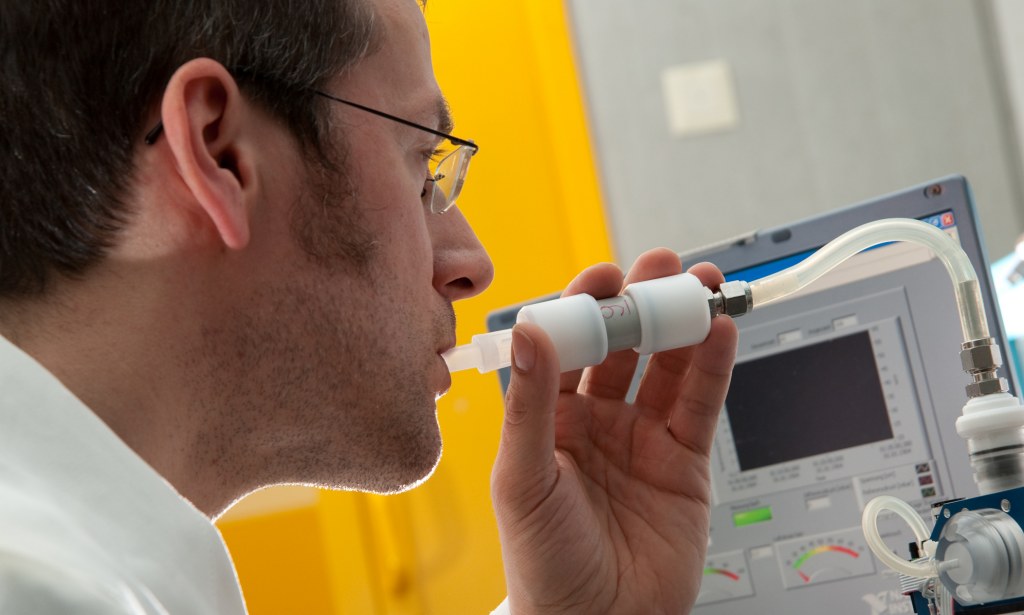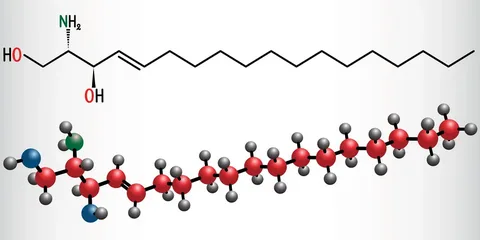The demand for point-of-care breathalysers market is expected to reach US$ 385.7 million in 2022, and from 2022 to 2032, it is projected to grow at a CAGR of 5.5% to reach US$ 658.9 million. The growth is ascribed to rising alcohol intake. The point-of-care breathalyser market saw a compound annual growth rate (CAGR) of 5.2% from 2016 to 2021.
Breathalyzer is a non-invasive medical device used for estimation of Blood Alcohol content (BAC) from breath sample. Breathalyzer is used to test intoxication levels caused by alcohol and drugs. Breathalyzer was invented by Dr. Robert Borkenstein while being appointed as police photographer at Indiana State Police lab.
Get a Sample Copy of the Report:
https://www.futuremarketinsights.com/reports/sample/rep-gb-2286
Since 1954, Breathalyzer is a genericized trademark for many instruments like Alcotest, Alcosensor, Datamaster, Intoxilyzer and Intoximeter. Breathalyzer device consists of three parts, first part consists of system where breath is sampled, second part consists of two glass tubes with chemicals and third part consists of photocells that are connected to meter showing colour change.
Breathalyzer system together works on redox reaction causes change in colour that is directly proportional to amount of alcohol in breath, wherein red-orange colour of dichromate ion changes to green.
Breathalyzer has been of importance in point-of-care services where initially it was necessary to draw blood out of the body and sent to the hospital to test alcohol concentration in blood, thus making the test time consuming. Till date it has been most important device to monitor and regulate drink and drive accidents or cases.
In 2015 in US, there were about 290,000 people injured and about 10,265 died in drunk driving cases. Also there have been published reports on loss of work quality and time due to alcohol consumption. All over the world it is a legal offense to be detected of alcohol during working hours and while driving.
The driver is charged fine or respective legal action is taken against him if his Blood Alcohol Concentration (BAC) is found out to be above normal (0.08). Also strict actions are taken against employees in government or private sectors if they are detected of alcohol consumption during office hours.
Due to use of Breathalyzer there is no need of any invasive procedure, device is portable and test results are out in seconds. Another important use of Breathalyzer is in maintaining high order discipline in National and International air transport to maintain safety and standards while travelling.
Breathalyzer is of very significant use to prevent order and discipline in government or private offices, road traffic management and forensic studies too. It is also used for management in rehabilitation centres, mining and construction centres.
Point-of-Care Breathalyzer Market: Drivers and Restraints
Point-of-care Breathalyzer market has seen enormous growth due to its significant use to maintain safety, order and discipline amongst population. The major drivers for point-of-care Breathalyzer market is alarming increase in alcohol consumption seen at all age groups and also increase in road accidents due to drink driving.
Due to strict government regulations, drink driving and alcohol abuse during work hours has led to increase in demand for modern use portable Breathalyzer. Use of personal portable Breathalyzer to check for alcohol content within normal limits to keep a check on safe driving and productive working hours has given a drive for point-of-care Breathalyzer market worldwide.
Moreover easy availability of personal Breathalyzer that can be ordered online according to ones choice, has also been a factor to drive point-of-care Breathalyzer market. Awareness initiative taken by government has also led to increase of market size for point-of-care Breathalyzer market.
High cost of Breathalyzer and less market for new brands producing Breathalyzer were seen to hamper in the past for but modern portable cheap Breathalyzer are taking over the point-of-care Breathalyzer market now.
Point-of-Care Breathalyzer Market: Overview
According to a study report published in South Africa about 10% of the country’s GDP is lost due to alcohol abuse annually which is equal to R240 billion. Also worldwide there is much loss due to alcohol abuse leading to immense destruction in drunk driving accidents, expensive alcohol abuse treatment and loss of manpower and productive working hours brings an overall effect on worldwide economy.
Thus awareness due to such losses have led government to take strict measures in field of law enforcement and highway safety administration to bring down losses. Efficient use of point-of-care Breathalyzer to prevent such loss has proved beneficial and made people aware of its legal consequences being the reason for increasing market for of point-of-care Breathalyzer market.
Mandatory alcohol test are carried out worldwide in workplaces such as transport, construction sites mining, shipping, airlines, defense centres, rehabilitation centres to maintain safety of individuals increasing market size for point-of-care Breathalyzer market over globe.
Unlock Tailored Insights: Customize Your Report for Maximum Impact:
https://www.futuremarketinsights.com/customization-available/rep-gb-2286
Point-of-Care Breathalyzer Market: Key Players
Some of the key players in point-of-care Breathalyzer market include Drägerwerk AG & Co. KGaA, Intoximeters,Lion Laboratories Limited, Lifeloc Technologies, Inc., Inc., , BACtrack, Quest Products, Inc., Alere, Inc., and C4 Development, Andatech Private Limited Ltd. Most of the providers of point-of-care breathalyzer are adopting the strategy of providing these products through e-commerce, so that buyers can browse the products according to their needs.
Based on product type, the point-of-care breathalyzer market is segmented into the following:
- Desktop Point-of-Care Breathalyzer
- Portable Point-of-Care Breathalyzer
- Handheld Point-of-Care Breathalyzer
Based on product technology, the point-of-care breathalyzer market is segmented into the following:
- Chemical reaction (Breathalyzer).
- Fuel-cell technology (Alcosensor III or IV).
- Infrared Spectroscopy (Intoxilyzer).
Based on end user, the point-of-care breathalyzer market is segmented into the following:
- International and National transport systems.
- Rehabilitation centres.
- Government and private offices.
- Diagnostic centers.
- Home care settings
About Future Market Insights (FMI)
Future Market Insights, Inc. (ESOMAR certified, recipient of the Stevie Award, and a member of the Greater New York Chamber of Commerce) offers profound insights into the driving factors that are boosting demand in the market. FMI stands as the leading global provider of market intelligence, advisory services, consulting, and events for the Packaging, Food and Beverage, Consumer Technology, Healthcare, Industrial, and Chemicals markets. With a vast team of over 5000 analysts worldwide, FMI provides global, regional, and local expertise on diverse domains and industry trends across more than 110 countries.
Contact Us:
Future Market Insights Inc.
Christiana Corporate, 200 Continental Drive,
Suite 401, Newark, Delaware – 19713, USA
T: +1-845-579-5705
For Sales Enquiries: sales@futuremarketinsights.com
Website: https://www.futuremarketinsights.com
LinkedIn| Twitter| Blogs | YouTube









